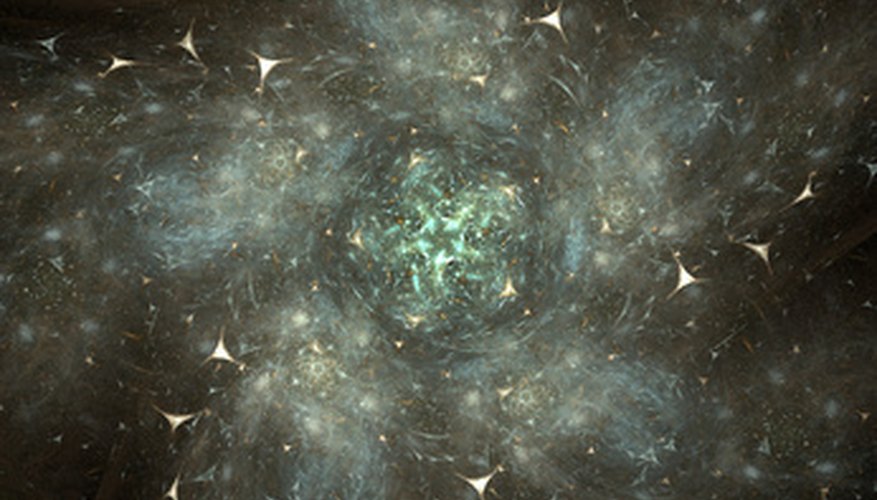The function of a regular refrigerator is to keep the contents of the fridge within a certain temperature range. A household refrigerator, if it works correctly, holds food between zero and five degrees Celsius. A supercooling refrigerator cools its contents to far below freezing point (0 degrees Celsius) to a temperature like -208 degrees Celsius. These temperatures are comparable to cryogenic temperatures, but a supercooling refrigerator does not require coolants such as liquid nitrogen and the items suffer less damage during the process than in some other forms of cooling.
Invention
Philips Laboratories in the United States developed the first supercooling refrigerator in 1986 in conjunction with Goddard Space Flight Center for the country's National Aeronautics and Space Administration (NASA). The first version, which the company named the Proof of Principle model, worked for two years without losing any efficiency.
Principle
The NASA supercooling refrigerator was different to other refrigerators because it did not have any moving parts. Instead of needing seals, lubricating liquids and bearings, the supercooling refrigerator kept the moving parts of the fridge in magnetic balance with each other, thereby eliminating friction. The fact that none of the parts produced friction reduced the amount of wear the fridge underwent and therefore extended its efficient lifespan. Previously, NASA used gases to cool equipment, but these leaked off slowly and needed replacement regularly. Other forms of supercooling refrigerator use inert gases such as neon or mechanical turbines to supercool items.
- The NASA supercooling refrigerator was different to other refrigerators because it did not have any moving parts.
- Instead of needing seals, lubricating liquids and bearings, the supercooling refrigerator kept the moving parts of the fridge in magnetic balance with each other, thereby eliminating friction.
Space use
Space equipment such as infrared, gamma ray or X-ray radiation detectors can be extremely sensitive to radiation coming from far away parts of the universe. Their efficiency is highest when they are in a supercool environment, so the heat energy the equipment intrinsically produces does not interfere with the minuscule amounts of radiation from other parts of space that the equipment should recognise. In 2002, for example, U.S. astronauts from the shuttle Columbia brought a supercooling refrigerator to the Hubble Space Telescope as the previous refrigeration system had run out of coolant liquid. The new refrigeration system could cool the telescope down to about -198 degrees Celsius.
- Space equipment such as infrared, gamma ray or X-ray radiation detectors can be extremely sensitive to radiation coming from far away parts of the universe.
- Their efficiency is highest when they are in a supercool environment, so the heat energy the equipment intrinsically produces does not interfere with the minuscule amounts of radiation from other parts of space that the equipment should recognise.
Medical uses
Modern forms of supercooling refrigerators find uses in the medical field of preservation. For example, scientists may use supercooling refrigerators to store organs from animal test subjects before an organ transplant.
